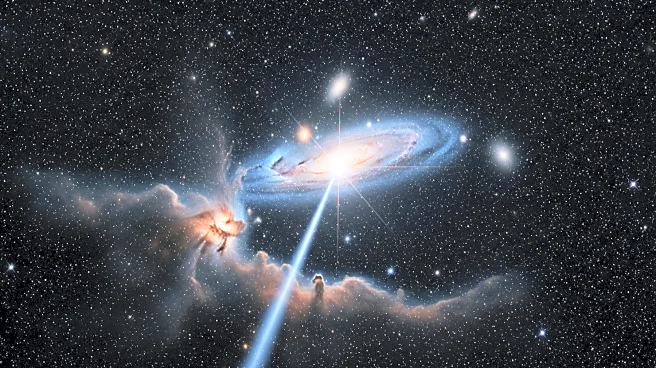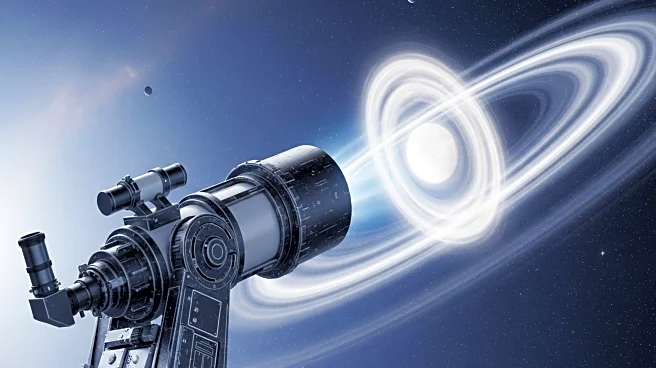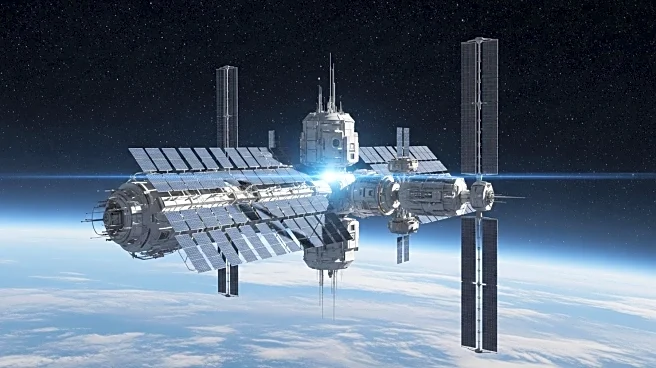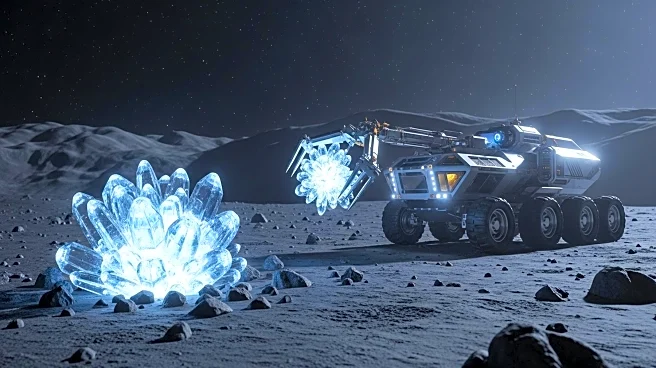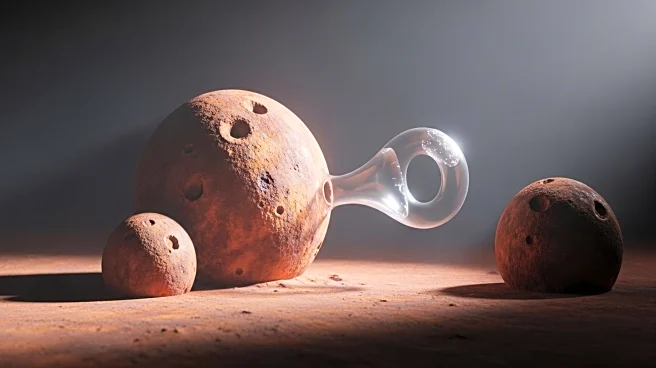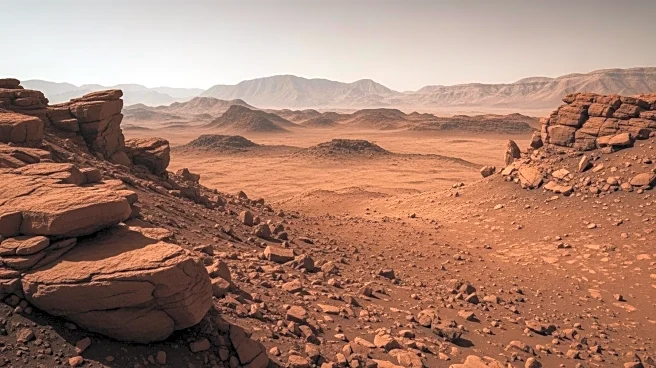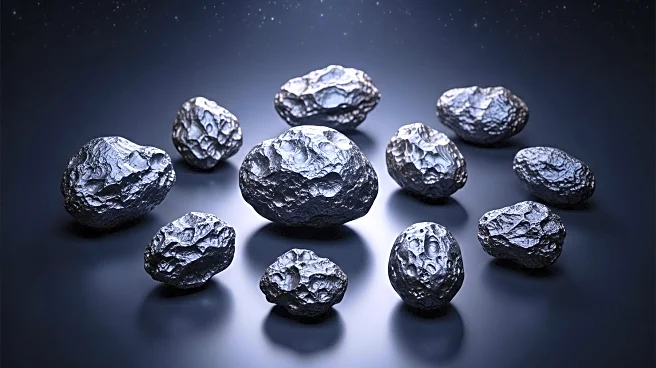What's Happening?
A study by the Institute of Geological Sciences at the University of Bern has revealed that the proto-Earth was initially dry, lacking essential elements for life such as water and carbon compounds. The research indicates that the chemical composition of the early Earth was complete within three million years after the Solar System's formation. The study suggests that a later collision with another planet, Theia, brought water to Earth, making it habitable. This collision likely introduced volatile elements necessary for life, transforming Earth from a dry rocky planet to one capable of supporting life.
Why It's Important?
The findings provide significant insights into the early formation processes of Earth and the Solar System. Understanding the role of cosmic collisions in making Earth habitable highlights the randomness of life-friendly conditions in the universe. This research underscores the importance of planetary collisions in shaping the conditions necessary for life, suggesting that life-friendliness is not guaranteed but rather a result of specific cosmic events. The study contributes to the broader understanding of planetary habitability and the conditions required for life to emerge.
What's Next?
Further investigation into the collision event between proto-Earth and Theia is needed to fully understand its impact on Earth's physical and chemical properties. Researchers aim to develop models that explain the collision's effects on Earth's and Moon's compositions. This research could lead to a deeper understanding of the processes that make planets habitable and the potential for life elsewhere in the universe.
Beyond the Headlines
The study highlights the role of chance in the development of life-friendly conditions on Earth, suggesting that similar conditions elsewhere in the universe may also be rare and dependent on specific cosmic events. This perspective could influence future research in astrobiology and the search for extraterrestrial life.


